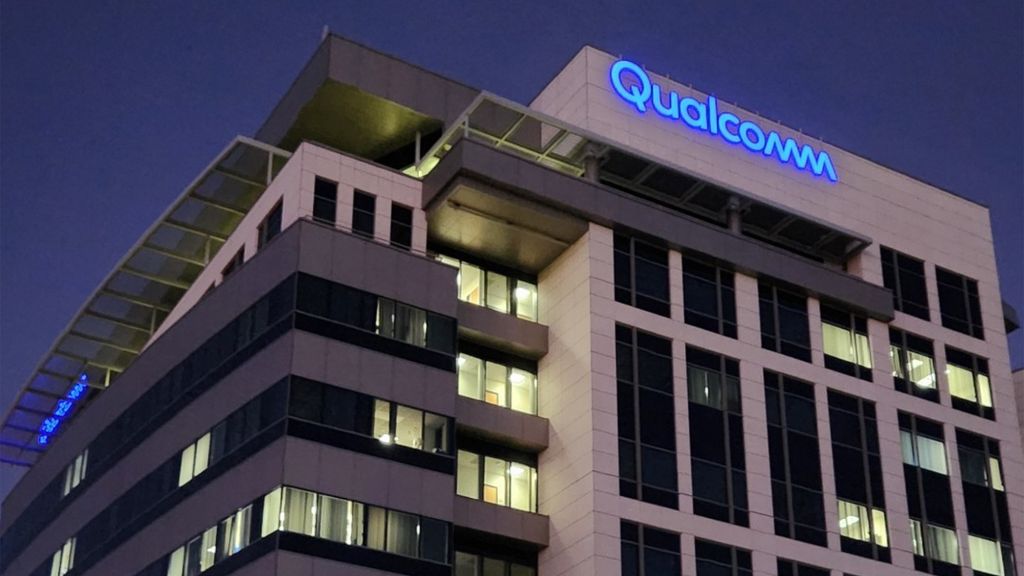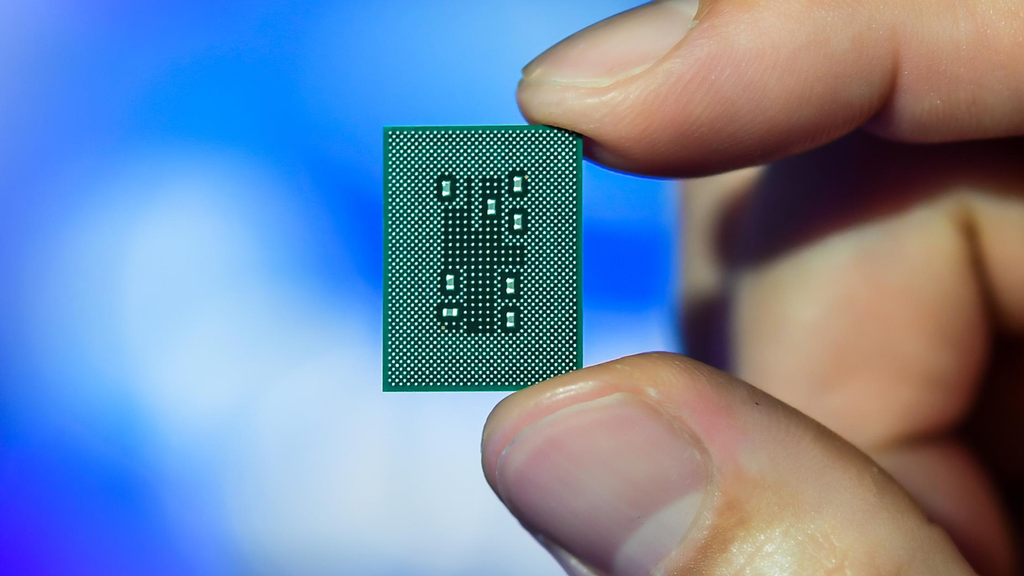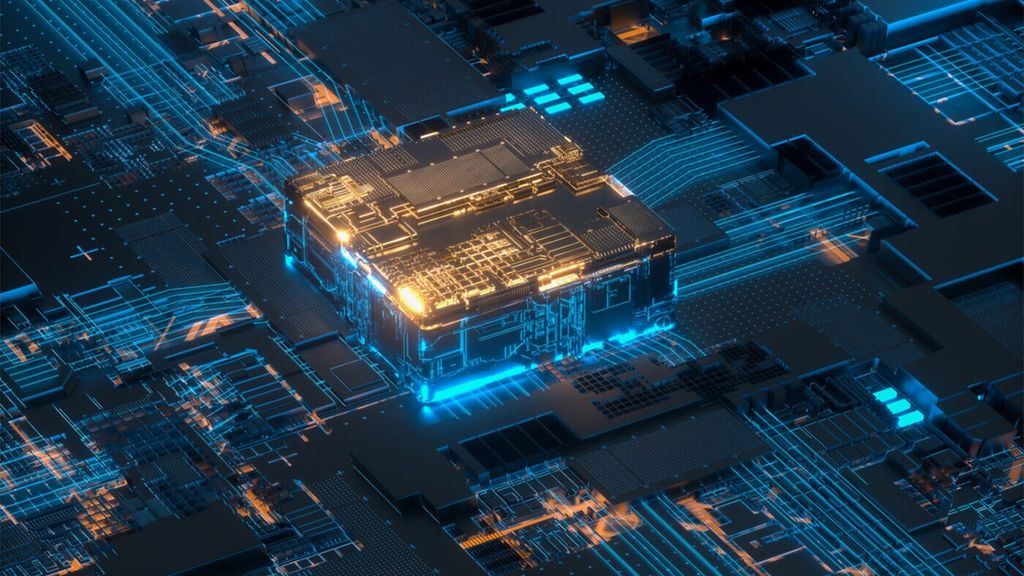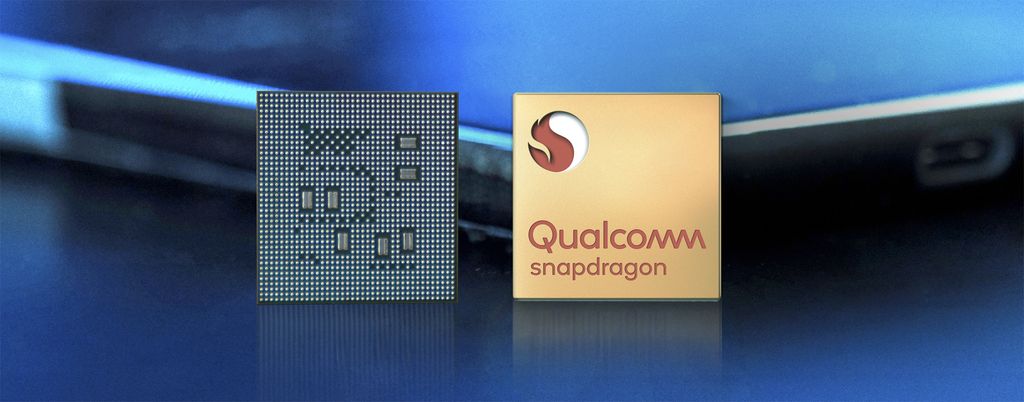
(Image credit: Qualcomm)
This week, Qualcomm secured a final legal win against Arm in a high-profile licensing dispute around CPU cores developed by Nuvia, which Qualcomm acquired in 2021. A U.S. District Court has now rejected all of Arm's claims, affirming Qualcomm's right to use Nuvia's technology under its architecture license agreement (ALA). Without any doubt, this is a big legal win for Qualcomm. However, this win could have reverberations throughout the entire industry, as it could set a precedent that allows architecture licensees to develop custom CPUs in whichever way they deem necessary.
Origins
The legal conflict between Arm and Qualcomm began shortly after Qualcomm acquired Nuvia, a startup focused on high-performance Arm-compatible CPU designs for the HPC segment, and promised to build CPUs for consumer PCs based on Nuvia's IP.

(Image credit: Qualcomm)
Arm claimed that the transfer and use of Nuvia's designs under Qualcomm's umbrella required renegotiation of Nuvia's original architecture license agreement (ALA), as Nuvia had only planned to use the cores in the data center space, whereas Qualcomm had much broader plans for the IP. Qualcomm, on the other hand, maintained that its own existing ALA was sufficient to incorporate Nuvia's work and continue development and deployment of custom cores based on the Arm instruction set architecture. Arm then revoked Qualcomm's ALA in October 2024, citing a violation of the agreement for not renegotiating it after acquiring Nuvia.
Arm opposed Qualcomm's use of Nuvia’s CPU IP across broader market segments, which would include everything from entry-level consumer devices to high-end servers, because it threatened Arm's control over licensing boundaries and its ability to extract additional royalties. Arm likely viewed the transfer of that IP to Qualcomm, followed by its broad deployment across various markets, as a breach of scope, as the original Nuvia agreement had narrower terms.
Furthermore, Qualcomm used Arm's off-the-shelf Cortex cores under a technology license agreement (TLA) license. This provides Arm more control, as well as a per-core license. This clearly hurt Arm's bottom line, as ALA royalties are considerably lower than TLA royalties.
If Qualcomm can freely use Nuvia's custom Arm v8 cores across segments under an existing ALA, it would theoretically enable other licensees to do the same thing. Companies would be able to acquire CPU startups that receive an ALA on certain conditions, then roll them into their own ALA if they have one, and sidestep core-level royalties.
By allowing Qualcomm to integrate Nuvia's custom cores under an existing architecture license, Arm risked weakening its tiered licensing model and losing leverage over other major partners that considered similar custom silicon strategies. Perhaps Arm also viewed Qualcomm's move as a competitive threat to its own Neoverse core roadmap, Neoverse CSS roadmap, and ultimately its processor or custom processor roadmap. Therefore, blocking this reuse was an attempt to preserve both licensing revenue and product relevance in high-performance markets.
In December 2024, a jury sided unanimously with Qualcomm, finding no breach of the Nuvia ALA and confirming the legitimacy of Qualcomm's use of the technology. On September 30, 2025, the U.S. District Court in Delaware reaffirmed that position, dismissing Arm's final remaining claim and denying a request for a retrial. The judgment, now final, delivers Qualcomm a complete legal triumph and blocks Arm from any further recourse in the case. Furthermore, Qualcomm's countersuit against Arm is still pending and expected to go to trial in March 2026.
A green light for Qualcomm's expansion
When Nuvia first introduced its Oryon/Phoenix processor core in 2020, it demonstrated considerably higher performance efficiency than Apple's A13, AMD's Zen 2, and Intel's Sunny Cove, as well as other relevant CPUs over time. After several delays, when the Oryon-based Snapdragon X Elite CPUs hit the market in 2024, they demonstrated competitive performance. However, the Snapdragon X2 Elite processors look considerably more promising, and the launch of the next generation coincides with the legal win.

(Image credit: Tom's Hardware)
"This decisive legal victory is monumental for Qualcomm, clearing the path to fully integrate and scale the acquired Nuvia assets under Qualcomm's existing Architecture License Agreement (ALA)," said Neil Shah, VP of Research at Counterpoint Research. "This win provides Qualcomm with significant momentum, enabling them to accelerate the deployment of custom Nuvia-based CPU cores across a much broader spectrum of applications from PCs, smartphones, and automotive to high-performance computing domains like AI servers and even humanoid robotics."
With a better CPU and presumably system-on-chip design, ALA licensing fees, and without legal obstacles and risks, the company can now scale Nuvia cores for a wide range of client (and eventually data center) product categories, including automotive, PCs, and smartphones.
Furthermore, now that it is perfectly legal for Qualcomm to use Nuvia-designed cores, PC OEMs may be more willing to integrate Snapdragon X2 Elite CPUs into their systems, especially considering that Windows on Arm is attempting to gain more traction. Ultimately, this supports Qualcomm’s efforts to challenge the x86 incumbents in the laptop market.
Keeping in mind that Qualcomm also has competitive neural processing units (NPUs) for AI, the company may also introduce new product categories that take advantage of the highly efficient Oryon CPUs and sophisticated NPUs.
And Arm-based custom silicon
Qualcomm's sweeping legal victory against Arm marks an important moment in the semiconductor industry, reaffirming the rights of architecture licensees to develop and scale custom CPU designs without renegotiating terms, which somewhat reshapes the balance of power between IP holders and their partners.

(Image credit: Arm)
One of the most immediate effects of the ruling is a renewed sense of legal clarity for holders of Arm architecture licenses. Qualcomm’s position that an ALA provides broad design rights, including the freedom to integrate acquired IP, has now been upheld at the highest level. This has implications not just for Qualcomm, but for other major licensees. Companies such as Amazon, Broadcom, Google, MediaTek, and Nvidia have all used custom or semi-custom Arm-based cores in their products.
The precedent set here assures licensees that they can pursue internal development and even acquire CPU startups without facing retroactive restrictions or new licensing demands from Arm. In an era where companies are increasingly seeking to differentiate their silicon at the architectural level, this kind of legal certainty is vital.
Arguably, the verdict also preserves the original intent of the ALA license: to empower chipmakers to innovate freely within the Arm ecosystem and retain Arm as the owner of the ISA. In particular, under a standard ALA license with Arm, licensees can design their own CPU microarchitecture from scratch that runs a specific Arm ISA (e.g. Arm v9), and add internal optimizations, such as specialized execution pipelines, custom data paths, or micro-op fusion techniques, as long as these do not break ISA compatibility. They could even implement custom accelerators or extensions, provided they do not interfere with standard ISA behavior and are not exposed to software that expects strict Arm compliance.
They still will not get as much freedom as they get with RISC-V, as the process of adding to the Arm ISA is complex and takes years. However, companies like Apple canned its custom AMX instruction set with the M4 chipset in favor of ARM's SME.
What about Arm and Qualcomm's relationship?
While Qualcomm has prevailed in the legal fight with Arm, the impact on the latter has yet to be determined. Arm still controls the dominant ISA used across mobile and embedded platforms worldwide, which is gradually expanding into the PC space. Its core IP, software stack, and ecosystem partnerships remain extremely valuable and widely used. But this case has damaged its reputation with one of its largest customers, specifically Qualcomm, which has long been a flagship licensee.

(Image credit: Qualcomm)
"While Arm's decision to pursue legal action was an understandable measure to protect its business, it was an unfortunate necessity that strained its relationship with a premier customer and partner," Shah said. "Despite this, Arm unequivocally retains the industry's leading low-power architecture, coupled with a robust software and tools ecosystem for computing. Moving forward, Arm must seize the opportunity to mend fences and rebuild trust with Qualcomm.
To avoid a further erosion of trust, Arm may need to shift away from legal enforcement and instead re-establish its relationship with Qualcomm. But the path toward reconciliation remains rocky, as Arm itself is moving toward designing its own CPUs. In fact, this move could make other partners gravitate towards custom designs or alternative architectures.
There's also the question of Qualcomm's countersuit against Arm, which accuses the British company of contract breaches and customer interference. Depending on how that case unfolds in March 2026, the relationship could deteriorate further.
This ruling could define the future of Arm
This court ruling comes at a sensitive time as Arm is increasingly shifting from being just an IP licensor to also designing its own full CPU products. To some degree, the ruling actually helps Arm, as it sets ground rules for holders of the ALA license, showing them the legal boundaries for integrating third-party, custom Arm-compatible silicon into their designs to better compete against Arm's own CSS or even CPUs, while remaining within the Arm camp and not moving to RISC-V.
Follow Tom's Hardware on Google News, or add us as a preferred source, to get our up-to-date news, analysis, and reviews in your feeds. Make sure to click the Follow button!

-
 C114 Communication Network
C114 Communication Network -
 Communication Home
Communication Home


